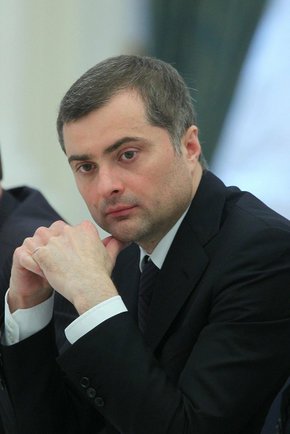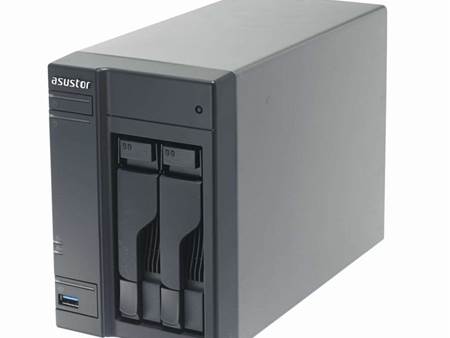522 K is the name of Unit One’s Knowledge Preservation initiative. Much of the knowledge preserved is in the form of books, but also instructional videos. Sometimes, the material will be worked into a course, including a MOOC – a Massive Open Online Course. The first proposed MOOC course, Life skills, to be produced by Unit One has been described elsewhere.
What has not been described elsewhere is how to handle MOOCs and other forms of information, after the end of the Internet (as we know it).
The End of the Internet?
Yes, we have to be realistic. This age of freedom that we have enjoyed since about 1880 seems to be coming to an end. Those who want an understanding of this should very quickly watch Adam Curtis’ HyperNormalisation (2016). General information about it can be found in Wikipedia.
The reason for the haste is not that HyperNormalisation will disappear. It will simply be morphed into countless fake versions by adding and subtracting content. In the end, no one will know how the original looked. This is accord with the political philosophy of Vladislav Surkov (1964 – ).

I leave it as an exercise for the reader to find additional information about Vladislav Surkov and his implementation of Sovereign Democracy. Critics of the approach often use the term Managed Democracy, or even a phrase that eliminates the word democracy altogether. HyperNormalisation describes it vividly, and interested people are referred to that section of the film.
Surkov’s approach to politics is to have the state give financial support to a vast number of organizations that populate the political landscape, not merely from left to right, but also in many other ways. These groups will frequently be in opposition to each other. Using this approach, politics becomes theatre. It is impossible to know what is a real group, and what is a fake group. This is precisely what the politicians (and the economic elite) want.
There is no need to physically shut down the Internet, to end its usefulness. Instead, fake news is being produced and added to the feeds of social media. Soon, there will be so much fake news, and so little real news, that people will have a hard time knowing what is real and what is fake. Presumably, in the next few years numerous iterations of this blog post will appear, and no one will know which one is original, and which are fake.
This is especially easy to accomplish with the use of the Cloud. Why anyone in their right mind would trust some unknown organization to store data is beyond my comprehension. My advise – trust no one you don’t know personally, and have met in the flesh. If there is one thing that I am certain, it is that the Cloud is sentral to the “faketization” of content.
It may come as a surprise to many, but those that run clouds store their data in lakes.
The alternative to cloud and lake computing is pond computing. Everyone should store data in their own pond, and back up that data in someone else’s pond. As of 2022-04-10, we have a NAS (Network Attached Server) that can back up over 50 TB of data, with a potential of 90 TB. When this post was written in 2015, the capacity was 12 TB of data. More importantly, we also have external drives capable of storing over 30 TB of data in 2022, compared to 20 TB in 2016. While the NAS is online, the external drives are offline, making them considerably more difficult to manipulate. They are also located physically away from our house. Destroying our house will not destroy our data. We are in the process of acquiring a second NAS, located at another location well away from our house, that will mirror its content, as well as a third one in another country. These will eliminate the need for external drives.
522 K is designed to ensure that information remains uncorrupted. We encourage people to have their own NAS, and to have external drives that duplicate the content found on their NAS.


The project title refers to Ray Bradbury’s iconic Science Fiction novel, Fahrenheit 451. It seems that Bradbury was about 30 degrees F. too low in his estimate of the auto-ignition temperature of paper. Thus, 480 is probably a more correct estimate. Despite the fact that the number of significant figures is somewhere between 2 and 3, conversion sites will provide 248.889, as its Celsius equivalent. Converting this to Kelvin, one gets 522.039 as an official answer. Here, we will pretend that we have 3 significant figures and use 522 K as a title for this project.
To make certain that one can see the arbitrary nature of this number, we will connect it (in some mystic new age fashion) to the Dewey Decimal number 522 – Astronomy: techniques, equipment, materials. Readers should also be pleased to know that 522 K could also refer to Pioneer VSX-522–K home theater receiver, or some exotic feature of an American tax law that I have not been able to understand with sufficient clarity to post anything about here.
Update: On 2020-06-29 at 10:00 this weblog post was updated, with the following information.
- Asustor equipment is no longer being used for our NAS. Instead, we are using a used Dell rack-based server running Nextcloud. There are twelve bays available, of which four are populated with 8TB drives.
- While we still have large numbers of Western Digital My Passport external hard drives, we have stopped purchasing new Western Digital equipment, because of Western Digital’s inappropriate substitution of SMR = Shingled Magnetic Recording technology on their Red NAS drives.
- We are now specifying Toshiba drives for future purchases. Standard components will be N300 8TB drives for the NAS, and Canvio Advance 4TB external drives.
- While this article refers to another weblog post on the WordPress website, the article can also be found here.
This post was further updated on 2022-04-14 at 20:00.

